14 incredibly preserved historic villages and towns around the world
Ceský Krumlov, located on the banks of the Vitava river in the Czech Republic, is one of the best preserved medieval villages in Eastern Europe, according to UNESCO. Here, you’ll find a medieval castle overlooking the town, winding cobbled lanes, and the Eggenberg Brewery, which uses a traditional method with the area’s high quality water dating as far back as 1560.

Japan’s Shirakawa-go village, located in the Gifu Prefecture, and the nearby Gokayama village, located in the Nanto in Toyama Prefecture, are known for their unique building style of steeply pitched, thatched roofs. The villages are located in a stunning mountainous region where you’ll see a river valley surrounded by rugged mountains.
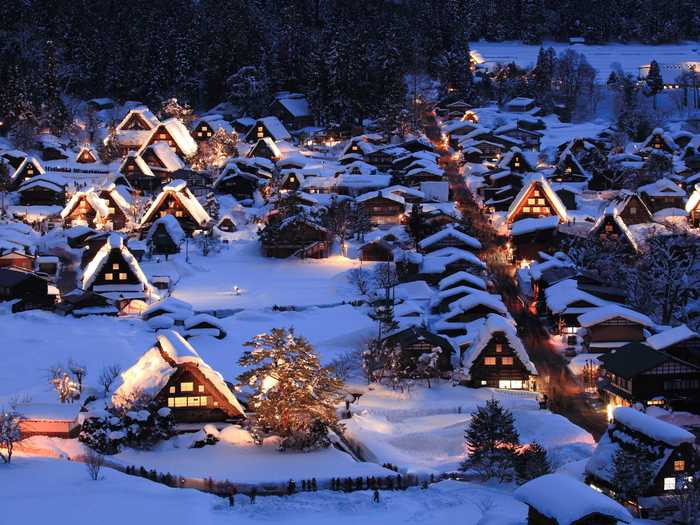
Learn more about the Historic Villages of Shirakawa-go and Gokayama.
The Old Town of Lijiang in Yunan, China, established in the 13th century, still maintains its historic landscape and a complex ancient water-supply system which you can still see functioning today.
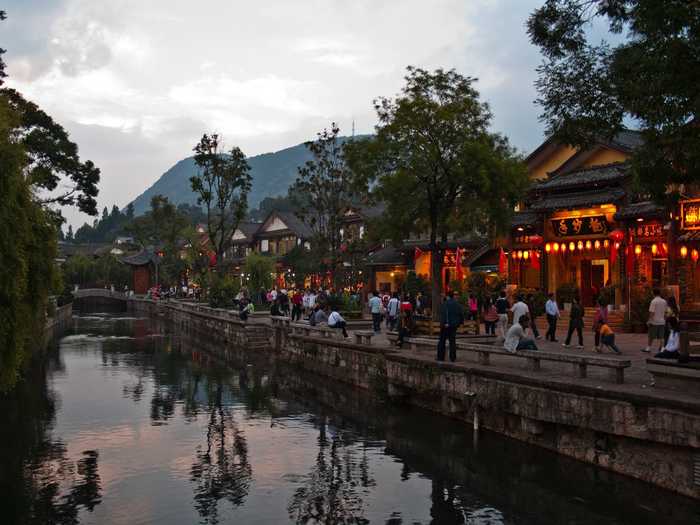
Learn more about the Old Town of Lijiang.
Banská Štiavnica is Slovakia’s oldest mining town, dating back to 1275 and situated in the middle of an immense caldera that was formed by the collapse of an ancient volcano. Besides views of the steep slopes of the Glanzenberg and Paradajz mountains, you’ll see 16th-century architecture, elegant squares, and relics of the area’s mining past.
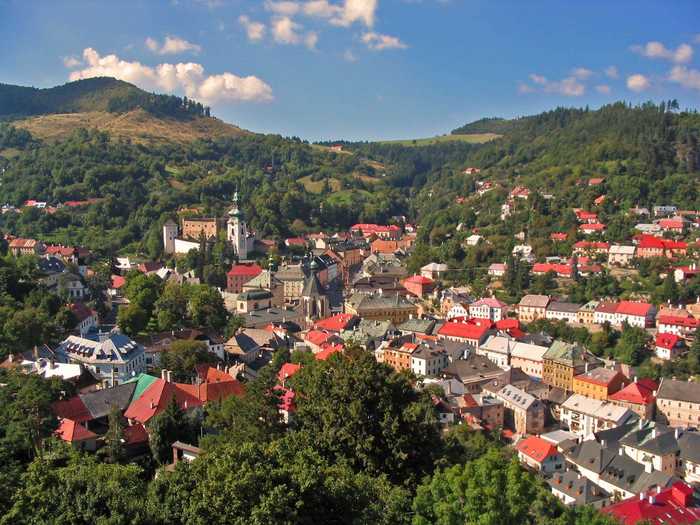
Learn more about the Historic Town of Banská Štiavnica and the Technical Monuments in its Vicinity.
Holašovice, situated in the South Bohemian Region of the Czech Republic, maintains its 18th- and 19th-century buildings and its ground plan, which today includes 120 buildings arranged around an elongated village square. It also includes 23 of its original farmsteads, which are protected today as architectural monuments.
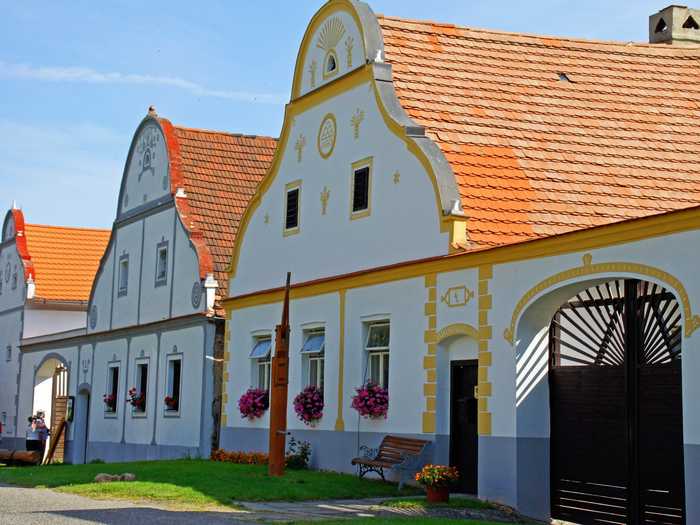
Learn more about the Holašovice Historical Village Reservation.
Vlkolínec, a village which resides under the administration of Ružomberok in Slovakia, maintains more than 40 unaltered buildings from 1376. The village still hosts traditional log houses that were once popular in the past, as well as the elongated strip shape characteristic of Medieval land allotment.
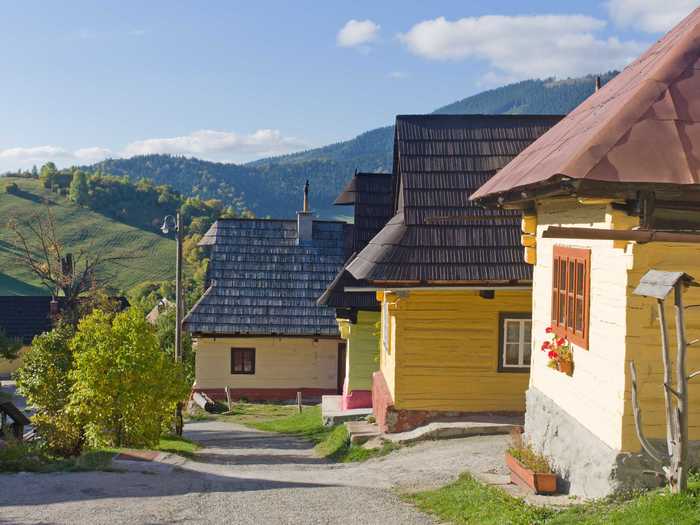
Learn more about Vlkolínec.
UNESCO describes Hollokö, located in Nógrád in Northern Hungary, as a “living example of rural life before the agricultural revolution of the 20th century,” thanks to its wide array of orchards, vineyards, meadows, woods, and medieval castle ruins dating back to 1310.
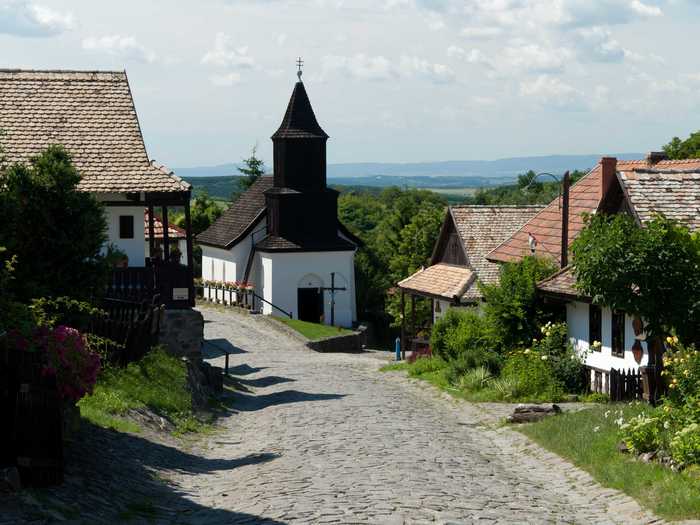
Learn more about the Old Village of Hollóko.
The fortified town of Bardejov sits on a floodplain terrace of the Topl'a River in Slovakia and stands as an example of a traditional trading town of Medieval Central Europe in the Middle Ages. The Town Hall was built in 1505, and the complex contains ritual baths and a small Jewish quarter surrounding the Great Synagogue, which was built in the 18th century.
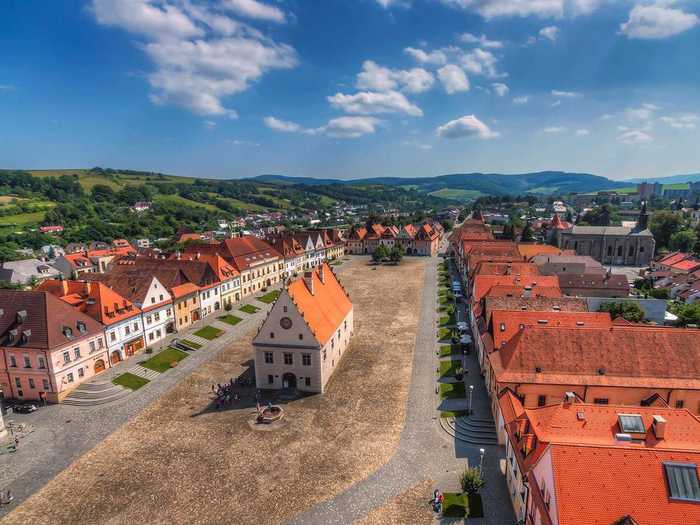
Learn more about Bardejov Town Conservation Reserve.
According to UNESCO, the surrounding villages and farmlands of the Kaiping Diaulou, in Guangdong, China, are still part of an active rural economy where village houses, rice fields, bamboo groves, and grazed hills have persisted for what might be over a millennia.
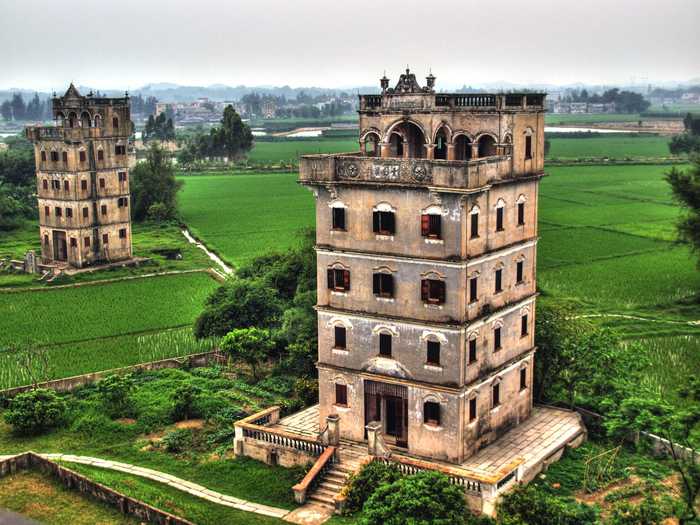
Learn more about the Kaiping Diaolou and Villages.
The Historic Centre (Old Town) of Tallinn dates back to the 13th century and stands today as a preserved Medieval northern European trading city on the coast of the Baltic Sea. Its narrow winding streets still mostly retain their Medieval names, and the town wall, Town Hall, pharmacy, churches, monasteries, and merchant’s and craftsmen’ guild still remain in their original condition.
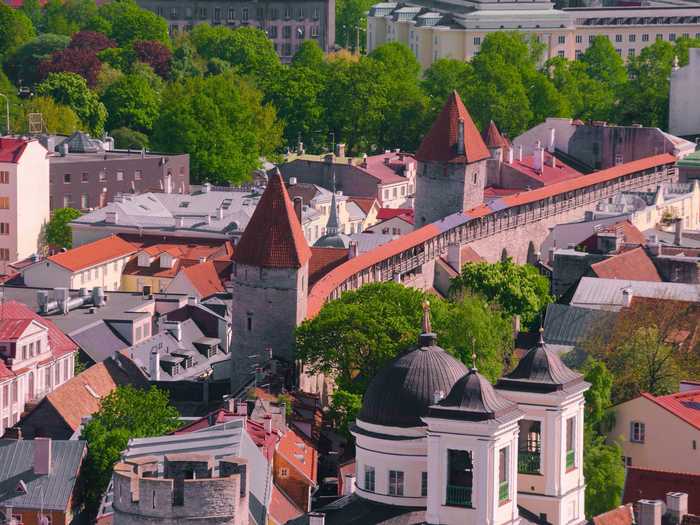
Learn more about the Historic Centre (Old Town) of Tallinn.
The Xidi village is located in the Yi County of the historical Guizhou region of Anhui province, China, and was declared a UNESCO World Heritage Site alongside the village of Hongcun. The village still maintains wooden residences from the Ming and Qing dynasties, many of which are open to the public.

Learn more about the Ancient Villages in Southern Anhui – Xidi and Hongcun.
Hongcun, also located in China's Yi County, has around 150 residences that once again date back to the Ming and Qing Dynasties and one of the biggest, the Chenzi Hall, also contains a small museum where you can learn about the area’s history.
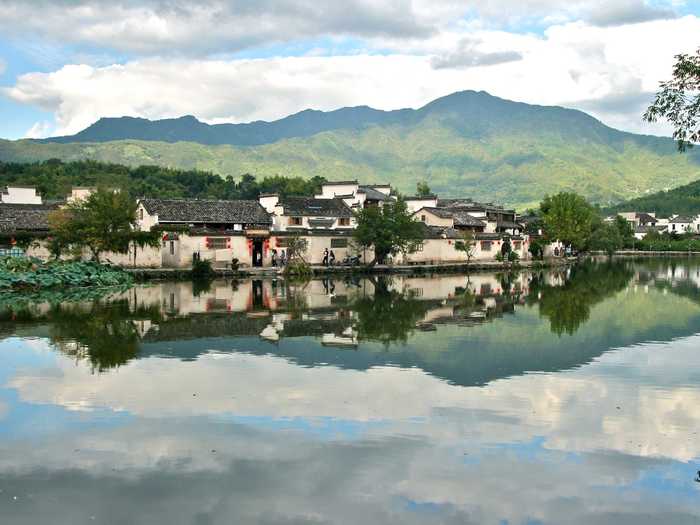
Learn more about the Ancient Villages in Southern Anhui – Xidi and Hongcun.
The village of Hahoe, a UNESCO World Heritage site alongside the Yangdong village, is located in the Gyeongsangbuk-do Province of South Korea. The area preserves architecture of the Joseon period. It is organized around guidelines of Korean feng shui and has the shape of a lotus flower.

Learn more about the Historic Villages of Korea: Hahoe and Yangdong.
Finally, the Yangdong village, located in Gyeongju, South Korea, hosts over 150 tiled-roofed and thatched-roof homes built throughout the surrounding dense forest. There are 54 historic homes that are over 200 years old and the area’s landscape, which is sheltered by forested mountains and faces a river, was celebrated by 17th- and 18th-century poets for its beauty.
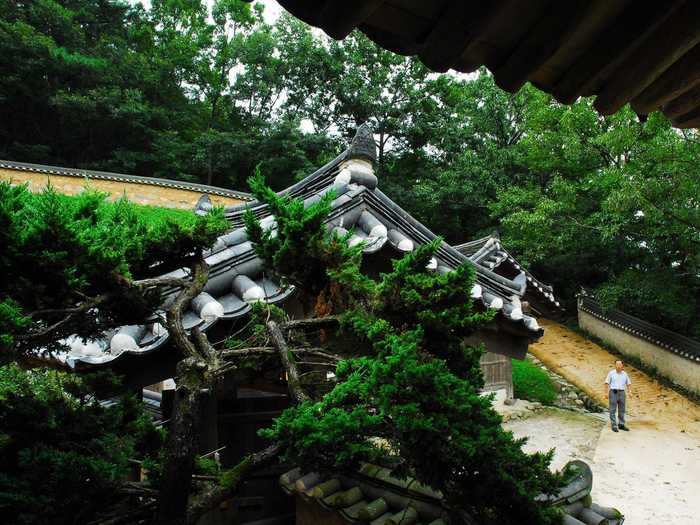
Learn more about the Historic Villages of Korea: Hahoe and Yangdong.
Popular Right Now
Popular Keywords
Advertisement